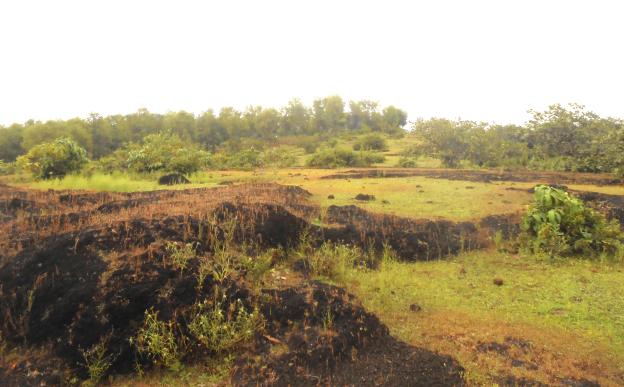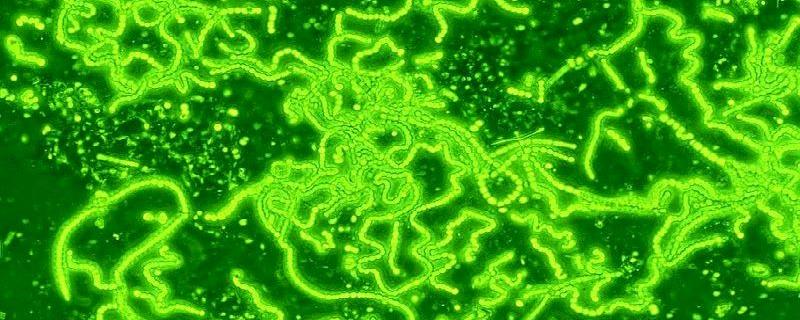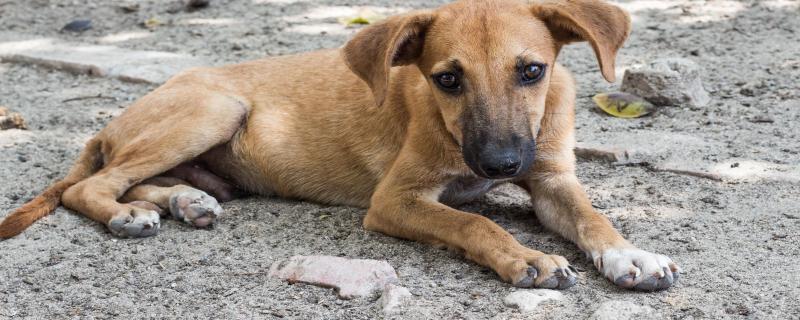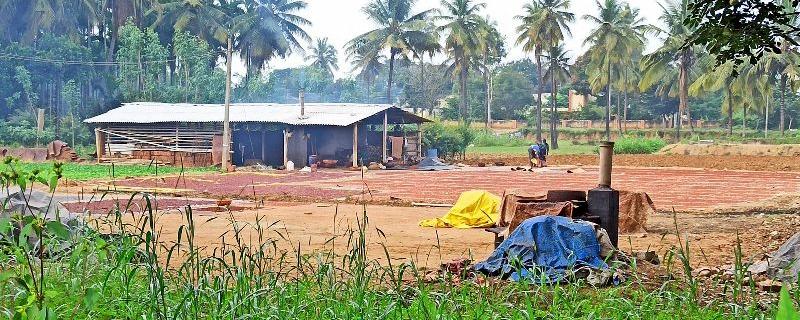Study identifies specific genes in chickpea plants that help the plant to grow in water-deficient conditions.
A new open-source satellite tool has revealed the critical ecological and economic importance of India’s Open Natural Ecosystems, challenging the colonial-era classification of these biodiversity hotspots as unproductive wastelands.
Bengaluru/

![Chickpea pods [Image Credits: Wikimedia Commons] Tapping genes to make chickpeas resistant to droughts](/sites/researchmatters/files/styles/large_front_800x320/public/yamuna-drought_chb1.jpg?itok=cdu-vYPn)
![A committee of vultures in a national park in India [Image credits: Chitra2016 / CC BY-SA 4.0] Despite ban, vulture-killing drug diclofenac widely sold for veterinary use in India](/sites/researchmatters/files/styles/large_front_800x320/public/vulture1_result_0.jpg?itok=YX6Dbb1K)
![[Image by Pete Linforth from Pixabay] Fertilisers, livestock and biomass burning are spewing ammonia into the air across India](/sites/researchmatters/files/styles/large_front_800x320/public/pollution-48427061.jpg?itok=FE4uwIhk)
![Black-necked cranes in Ladakh [Image credits: Dibyendu Ash, CC BY-SA 3.0, via Wikimedia Commons] A proposed dam in Arunachal Pradesh threatens Black-necked Cranes’ habitat](/sites/researchmatters/files/styles/large_front_800x320/public/are_dams_damning_black-necked_cranes_in_india_.jpg?itok=sg-X9vqG)
![Cnemaspis rishivalleyensis [Image Credits: Akshay Khandekar] What does it take to discover geckos?](/sites/researchmatters/files/styles/large_front_800x320/public/geckos_1_result.jpg?itok=ySdp1tPb)




